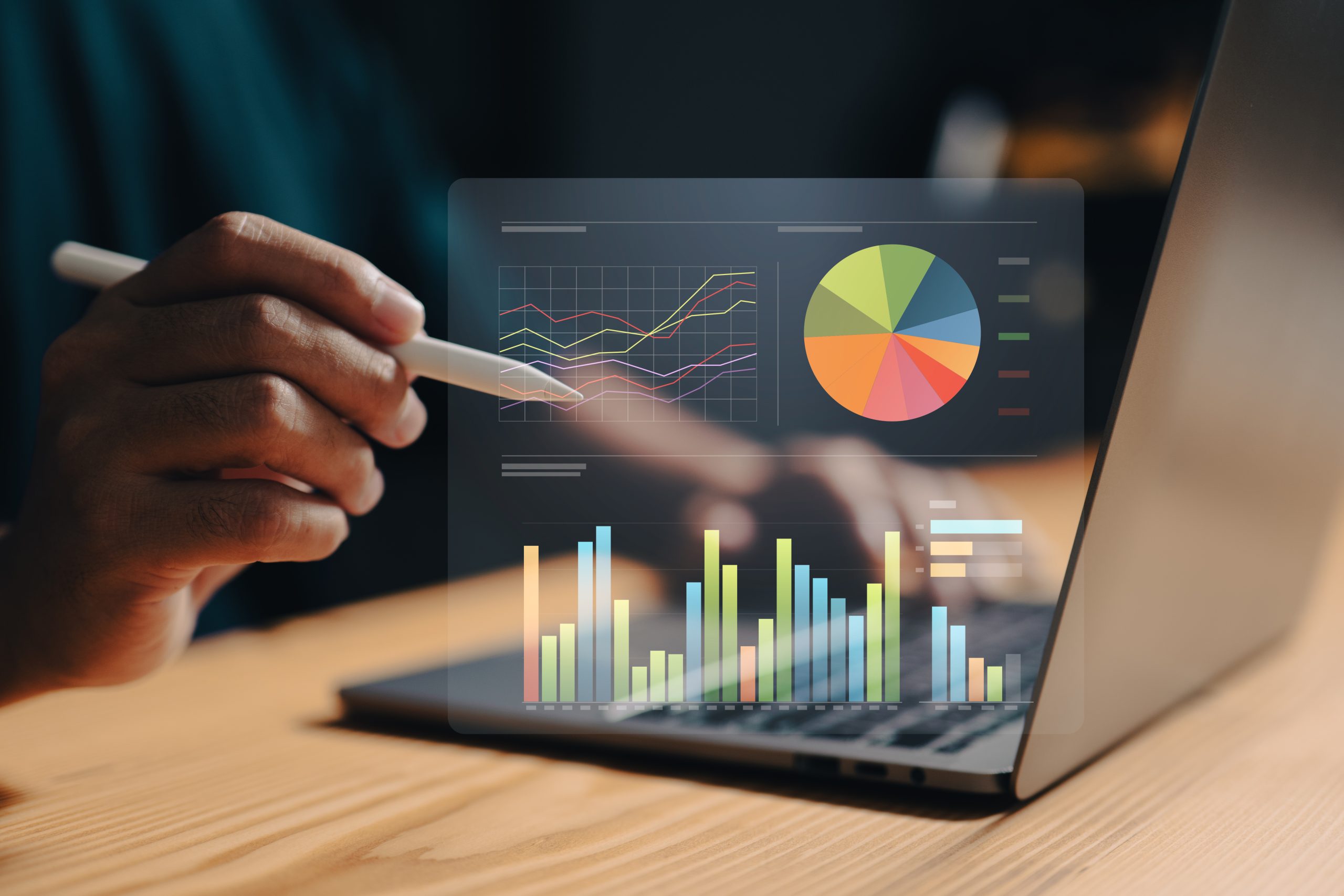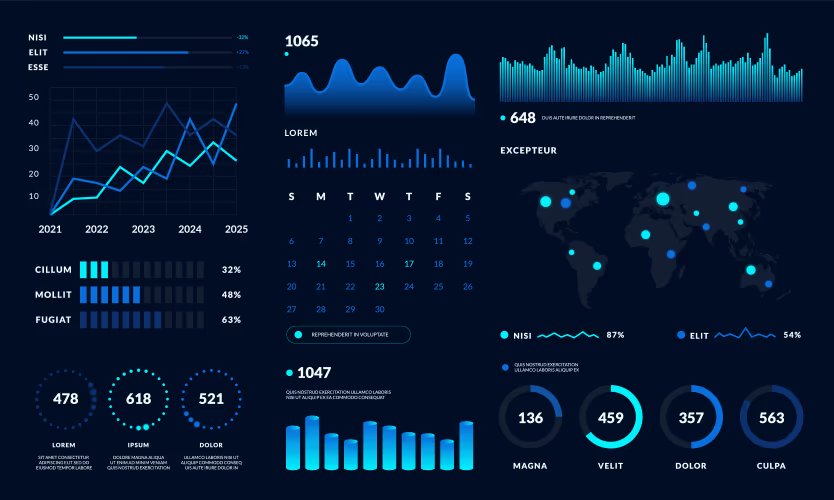Analytical Methods & Techniques
Descriptive analytics summarize historical performance through statistical measures and trend analysis. This foundational layer provides context for understanding business operations and customer behavior patterns. Metrics include averages, totals, growth rates, and comparative ratios.
Diagnostic analytics investigate root causes behind observed patterns. Correlation analysis identifies relationships between variables. Segmentation techniques group customers or products based on shared characteristics. Time series analysis reveals seasonal patterns and cyclical trends.
Predictive analytics forecast future outcomes using machine learning algorithms. Regression models estimate continuous values such as sales revenue or customer lifetime value. Classification algorithms predict categorical outcomes like customer churn or product preferences.
Prescriptive analytics recommend specific actions to optimize business outcomes. Optimization engines evaluate multiple scenarios to identify best courses of action. Simulation models test potential strategies before implementation.











